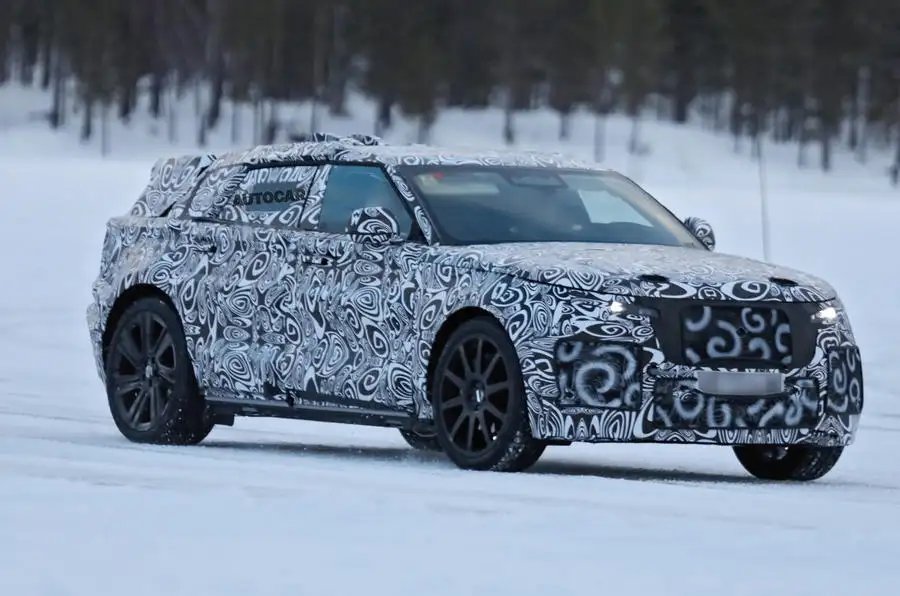Electric Range Rover Velar to introduce hands-free driving

JLR (formerly Jaguar Land Rover) will introduce hands-free, eyes-on driving in 2025 with the launch of the first model on the new electric EMA platform, understood to be the replacement for the Range Rover Velar.
Hands-free, eyes-on capability, known in the industry as level two-plus, is the final step towards autonomous driving, where the car fully takes over. Currently only the Ford Mustang Mach-E offers level two-plus in the UK, although BMW is poised to roll out the feature on new models such as the i5.
The capability for greater autonomy comes with JLR’s adoption of US tech specialist Nvidia’s Drive chip and software combination. The new Range Rover model, to be built in Halewood near Liverpool, is the first to use the new tech, a spokesperson told Autocar. They did not, however, confirm that this model is the Velar.
Car makers believe hands-free capability will become increasingly popular among customers, with many willing to pay monthly for the convenience. Ford charges £17.99 a month for BlueCruise level two-plus in the Mach-E, while BMW charges from £55 to download the hands-on upgrade Driving Assistant Plus.
JLR has also committed to offering level-three hands-off, eyes-off technology in the future. Tom Stringer, product strategy director, said: “I think for the modern luxury customer, level three will be a really important part.” He added that it is a “possibility” by the end of the decade.
The first prototype for the electric Velar was spotted testing recently, ahead of a reveal in the coming months.
A sibling to similarly sized replacements for the Land Rover Discovery Sport and Range Rover Evoque, it is tipped to enter production as early as this year, as the current model approaches the natural end of its life cycle, having been launched in 2017.
Details of the next-generation model remain firmly under wraps, but clearly the company remains committed to the Velar's more overt road-going focus than the other models in the Land Rover line-up.
Notably, in these images its body looks long enough behind the rear axle to accommodate a third row of seats. JLR has yet to give any indication that it plans to upsize the Velar - but a roomier interior would certainly mark it out more clearly from the Discovery Sport, which is seen as key to boosting sales.
Last year, the Velar was the second lowest-selling model in the Land Rover line-up with 18,626 sales, behind only the Discovery's 13,164 sales. By contrast, the Discovery Sport notched up more than 21,000 sales and the Evoque more than 34,000.
The next Velar will also be more overt in its positioning as a luxury SUV, in line with JLR's ambition to carve out each of its core model lines – Jaguar, Discovery, Defender and Range Rover – into distinct brands with their own design languages, values and target markets.
JLR refused to comment on the images of this car spotted testing.
The electric version of the flagship Range Rover model, which has yet to be seen but is due on sale first, will more closely resemble today's more upright, high-riding car.
Related News
